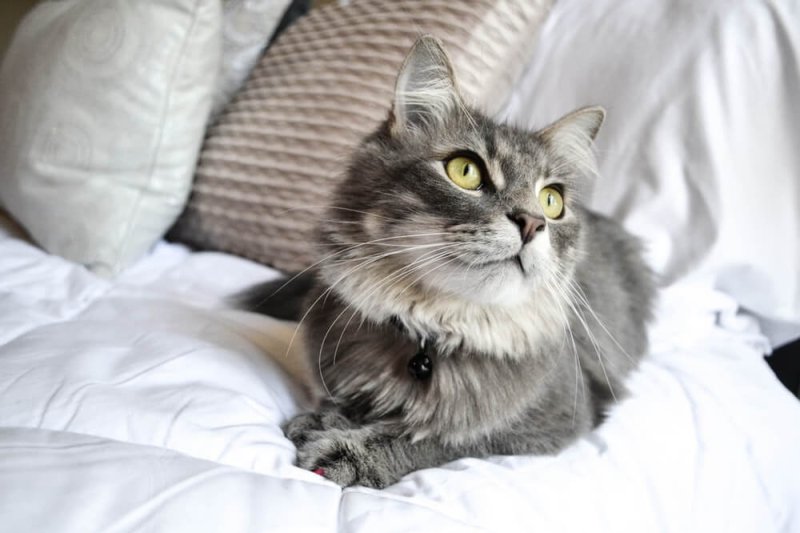Given that just two genes are responsible for making cats a problem for many people, it seemed like a no-brainer to engineer cats that lacked those genes, or to simply breed cats with versions of the genes that made the animals less allergenic.
But so far, itchy-eyed cat lovers have been left disappointed.
…
But for all those who haven’t given up hope, there may be new options around the corner. An allergic owner might pop open a can of allergy-fighting food — for the cat. Or maybe vaccinate the cat to produce fewer allergens. And allergy shots for owners might shift from burdensome weekly or monthly injections to a shot that offers immediate relief.
The new gene-editing technology called CRISPR/Cas9 might even come to the rescue, delivering the ultimate dream to those who can afford it: a cat that doesn’t produce allergens at all. One company has made some progress applying CRISPR/Cas9 to cats.
Success in taming cat allergies could bring good news for people whose allergies have nothing to do with cats. If any of the cat allergy–fighting measures prove safe and effective, they could be deployed against other allergens, especially airborne ones like pollen, dog dander or dust mites.































